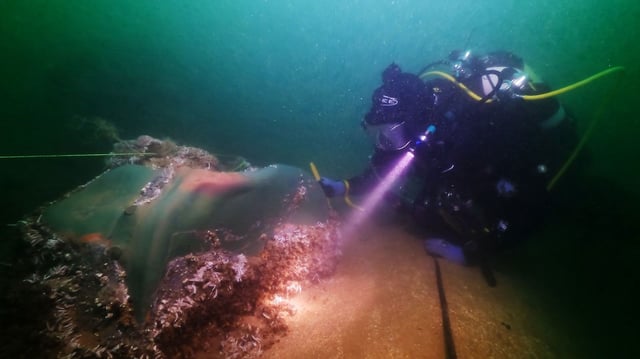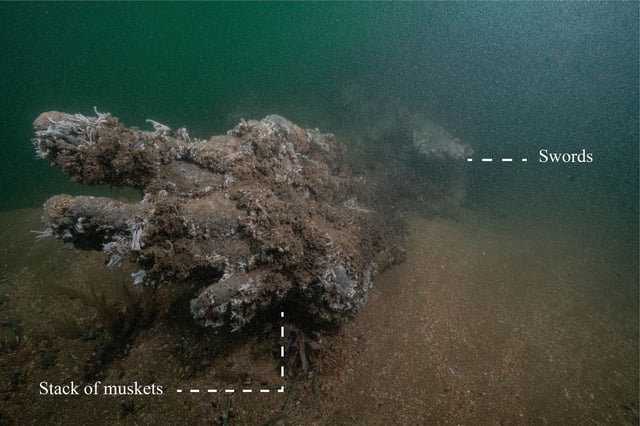Overview
- Recent shifts in the Goodwin Sands have exposed large sections of Northumberland’s hull, revealing intact timbers, ropes, unopened casks and iron cannons
- Historic England’s marine archaeologists have mobilised divers and remote sensing equipment to record detailed measurements of the exposed hull before it is lost again
- Conservators plan to extract timber samples for dendrochronological analysis to uncover 17th-century shipbuilding techniques and confirm the wreck’s identity
- Strong currents, wood-boring organisms and rapid sand movements threaten to erode or rebury the newly exposed remains
- Archaeologists warn that this narrow research window offers a rare chance to study a “Stuart time capsule” linking the Mary Rose to HMS Victory



